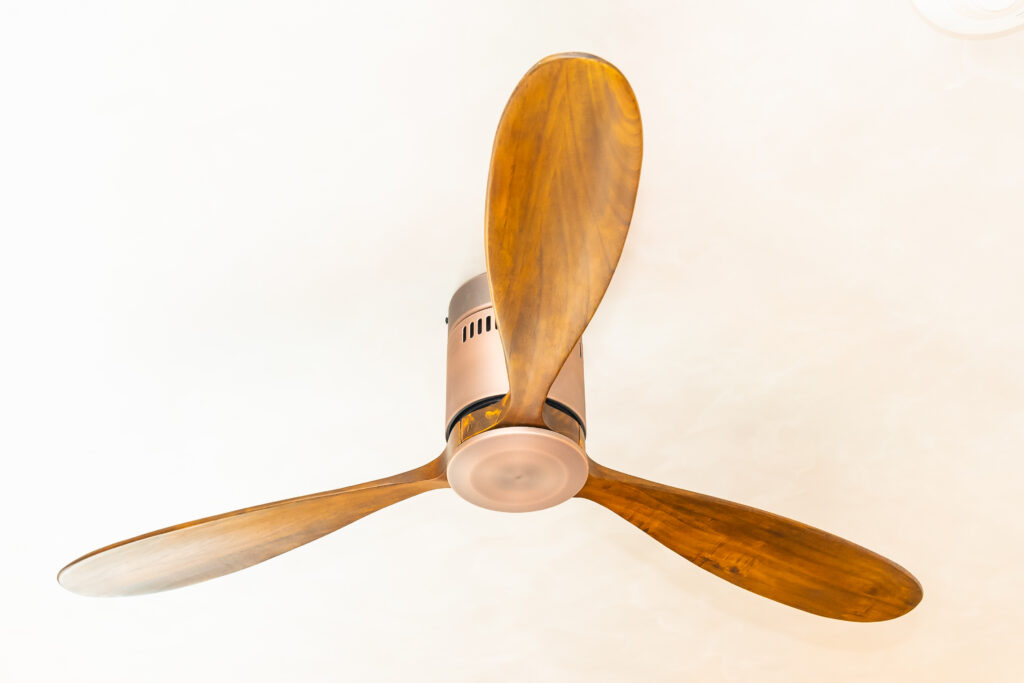
Ceiling fans are a ubiquitous fixture in homes and offices, providing not just a cooling breeze but also serving as a design element. However, the unsung hero of a ceiling fan’s functionality lies in its propeller design. In this detailed guide, we will explore the intricate process of designing a ceiling fan propeller, with a keen focus on leveraging prototype development for optimal results.
Understanding the Basics of Ceiling Fan Propeller Design
1. Aerodynamics of Airflow
To design an effective ceiling fan propeller, an understanding of aerodynamics is paramount. Explore the principles of airflow, blade pitch, and blade sweep to maximize the fan’s efficiency in circulating air throughout the room.
2. Material Selection
Choose materials that balance durability, weight, and cost. Common materials include wood, metal, and composite materials. Consider factors like stability, resistance to environmental conditions, and manufacturing feasibility.
3. Balancing Aesthetics and Functionality
A well-designed ceiling fan propeller not only optimizes airflow but also enhances the overall aesthetics of the space. Balancing form and function requires thoughtful consideration of blade shape, size, and finish.
Leveraging Prototype Development in Ceiling Fan Propeller Design
1. Initial Concept Prototyping
Start the design process with a conceptual prototype. Utilize 3D printing or rapid prototyping techniques to create a tangible model that allows for early visual and tactile assessments of the propeller design.
2. Iterative Design with Prototypes
Prototype development facilitates an iterative design approach. Create multiple prototypes with variations in blade shape, pitch, and materials. Test each iteration to gather data on performance, noise levels, and energy efficiency.
3. Functional Testing
Prototype development enables rigorous functional testing. Evaluate the propeller’s performance under various conditions, including different speeds and angles. Identify any vibration or noise issues and refine the design accordingly.
Key Considerations in Ceiling Fan Propeller Prototype Development
1. Blade Geometry
Experiment with different blade geometries during the prototyping phase. Test the impact of blade shape on airflow efficiency, noise levels, and energy consumption. Adjust the design based on empirical data.
2. Material Testing
Prototype development allows for comprehensive material testing. Assess the structural integrity and performance of different materials under varying conditions, ensuring the final propeller design meets safety and durability standards.
3. Aerodynamic Optimization
Fine-tune the aerodynamics of the propeller through prototyping. Analyze airflow patterns, identify areas of turbulence, and modify the design to achieve optimal performance and energy efficiency.
4. User Experience Testing
Incorporate user experience testing into the prototyping phase. Gather feedback on factors like ease of installation, aesthetics, and user-friendliness. Use this data to refine the design for a fan that not only performs well but also aligns with user expectations.
Challenges in Ceiling Fan Propeller Design and How Prototyping Overcomes Them
1. Noise Reduction
Noise is a common challenge in ceiling fan design. Prototyping allows for iterative testing to identify and address sources of noise, whether from blade design, motor efficiency, or installation issues.
2. Energy Efficiency
Optimizing energy efficiency requires careful design considerations. Prototyping enables the measurement of energy consumption in real-world scenarios, allowing for adjustments to enhance the fan’s overall efficiency.
3. Vibration Control
Vibration can impact the fan’s stability and user experience. Prototyping aids in identifying the sources of vibration and implementing design modifications to mitigate unwanted oscillations.
Future Trends in Ceiling Fan Propeller Design
1. Smart Fan Integration
Explore the integration of smart technologies in ceiling fan propeller design. Prototyping future-forward concepts that incorporate IoT connectivity and automation to enhance user control and energy efficiency.
2. Sustainable Materials
As sustainability gains importance, prototype development can explore the use of eco-friendly and recycled materials in ceiling fan propeller design. Test the viability of such materials in terms of performance and durability.
Conclusion
Designing a ceiling fan propeller is a multidimensional process that demands a meticulous approach. By embracing prototype development, designers can navigate the complexities of aerodynamics, material selection, and user experience. Prototyping not only refines the design but also serves as a valuable tool in overcoming challenges and predicting future trends. As we envision the next generation of ceiling fan propellers, prototype development stands as the key catalyst for innovation, ensuring fans that are not just functional but represent the pinnacle of design and efficiency.
Unleash innovation with MLVOLT, your premier industrial design partner. Elevate your product visions to reality with our expertise in creative design, cutting-edge technology, and collaborative excellence. Explore our portfolio and services for a transformative design journey. Visit our site today to bring your ideas to life!

Founder of MLVOLT PRIVATE LIMITED
& Ex-marketing manager of MBA CHAI WALA